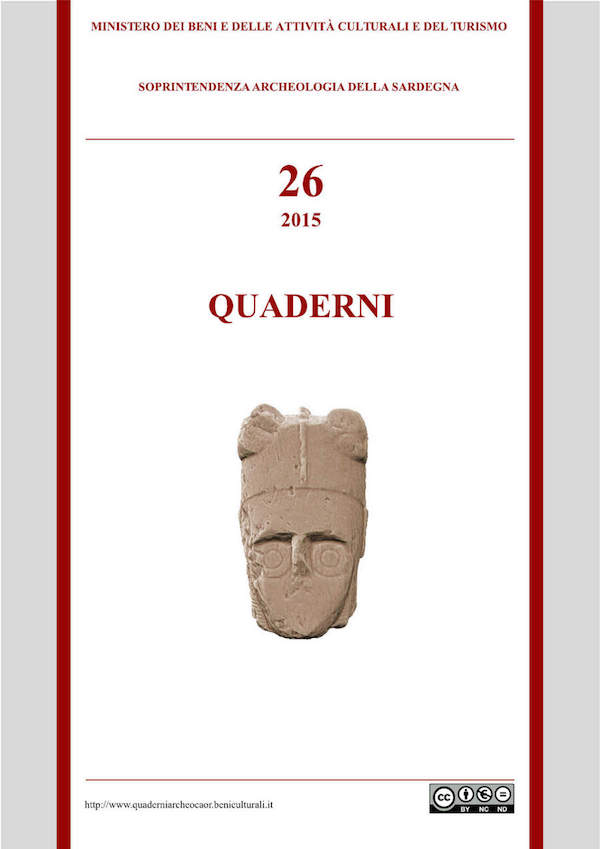I materiali nuragici del protonuraghe Sa Corona di Biddarega/Villagreca-Nuraminis (CA)
Parole chiave:
Protonuraghe: civiltà nuragica; architettura nuragica; Campidanu; cultura materiale, Protonuraghe; Nuragic civilization; nuragic architecture; Campidanu; material cultureAbstract
Il protonuraghe Sa Corona è stato indicato per diversi decenni, sempre citato nelle più importanti opere di sintesi sulla pre-protostoria della Sardegna, come uno dei più antichi prototipi dei nuraghi sardi, la cui costruzione è stata attribuita, in tempi diversi e dai diversi Studiosi che si sono occupati del monumento, per via di alcuni frammenti ceramici rinvenuti al suo interno, ai tempi di Abealzu/Sub-Ozieri o di Monte Claro. G. Ugas propose, invece, sulla base di confronti tipologici e formali, una collocazione del monumento e di parte dei materiali editi entro i tempi del Nuragico arcaico. A più di mezzo secolo dalla pubblicazione del contesto lo studio complessivo dei materiali, specie di quelli nuragici, di gran lunga i più numerosi e rimasti sinora sostanzialmente inediti, nonché un’analisi comparativa dell’architettura, permette di sostenere con maggiori evidenze una sua attribuzione alla facies San Cosimo dell’Età nuragica arcaica.
The protonuraghe Sa Corona was shown for several decades, always listed in the most important works of synthesis on the pre-early history of Sardinia, as one of the earliest prototypes of the Sardinian nuraghi, whose construction has been attributed, at different times and by different scholars who have studied the monument, because of some ceramic fragments found inside, at the times of Abealzu/Sub-Ozieri or Monte Claro. G. Ugas proposed, instead, on the basis of typological and formal comparison, a placement of the monument and part of the materials published in the time of archaic Nuragico. More than half a century after the publication of the context, the overall study of the materials, especially those nuragic, by far the most numerous and so far remained largely unpublished, as well as a comparative analysis of the architecture, allows to support with more evidence its attribution to the facies San Cosimo of the Nuragic archaic age.
Pubblicato
Fascicolo
Sezione
Copyright (c) 2020 Quaderni

Questo lavoro è fornito con la licenza Creative Commons Attribuzione - Non commerciale - Non opere derivate 4.0 Internazionale.





